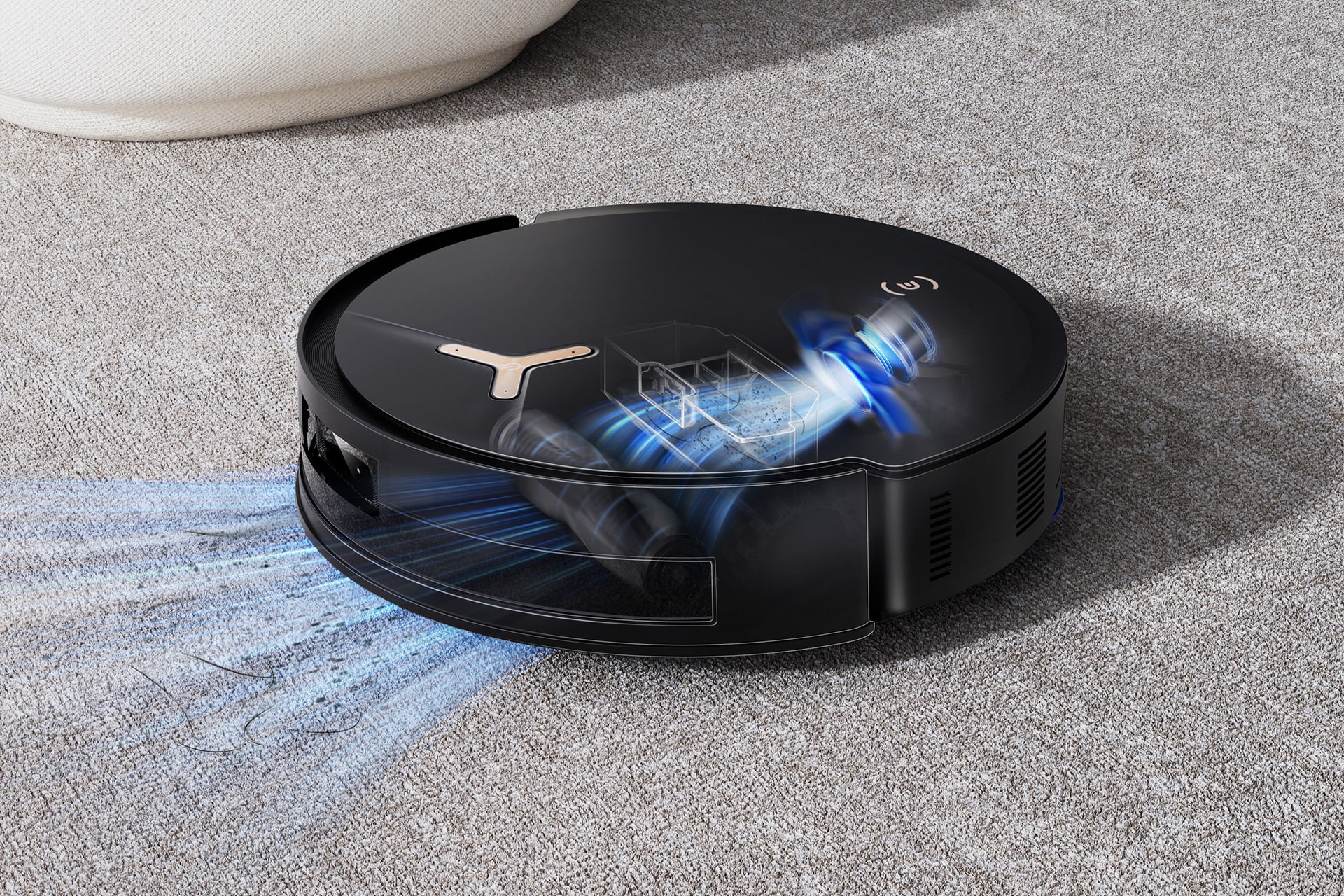On April 26, Ecovacs Group reported its financial results for 2024 and the first quarter of 2025, showing a clear upward trajectory. For the full year 2024, the company generated revenue of RMB 16.54 billion (USD 2.3 billion), up 6.7% year-on-year (YoY). Net profit attributable to shareholders rose 31.7% to RMB 810 million (USD 113.4 million). In Q1 2025, revenue reached RMB 3.86 billion (USD 540.4 million), up 11.1%, while net profit surged 59.4% to RMB 480 million (USD 67.2 million), outpacing top-line growth by a significant margin.
While some observers have pointed to government subsidies as a factor, the strength of the Q1 bottom line suggests that internal improvements were the primary drivers. The results reflect Ecovacs’ focus on product innovation, balanced brand development, and cost-efficiency, boosting market confidence in the company’s long-term outlook.
What stands out in the latest earnings report is the balance between Ecovacs’ two core brands. In 2024, the Ecovacs brand (focused on service robots) and Tineco (which makes smart home appliances) delivered nearly equal revenue. Ecovacs generated RMB 8.08 billion (USD 1.1 billion), up 5.2%, while Tineco brought in RMB 8.06 billion (USD 1.1 billion), up 10.9%. Together, they accounted for 48.9% and 48.7% of total revenue, respectively.
This even split is notable in an industry where many consumer tech firms struggle to build successful secondary brands. Ecovacs has managed to turn its two labels into strategic complements: Ecovacs in robotic vacuums, and Tineco, which has quickly become a global player in floor washers.
That diversification also positions the company well at a time when many competitors face stagnating core brands and underwhelming spinoffs. Instead, Ecovacs now offers a full product matrix that covers the spectrum of floor-cleaning needs.
While China’s appliance trade-in program provided some tailwinds, these weren’t the main growth engine. According to data from All View Cloud (AVC), domestic sales of robot vacuums and floor washers reached 6.04 million and 6.62 million units in 2024, up 31.7% and 31.1%, respectively. Ecovacs and Tineco exceeded those benchmarks, with Q4 shipment growth of 47.5% and 32.7%.
Their edge came from better product appeal: tighter lineups and more advanced features, underpinned by sustained R&D investment. In 2024, the company refined its product strategy to focus more squarely on core segments. Ecovacs launched its flagship X8 constant-pressure wet mopping robots, while Tineco introduced the “Floor One Art Station,” designed to address hair entanglement and eliminate water residue with a new multi-layer system.
Simultaneously, Ecovacs began integrating premium technologies into lower-priced models, launching new SKUs to fill gaps across price tiers and recapture share in a saturated market. In a space filled with similar offerings, differentiation through innovation has become key, and that hinges on the ability to fund and translate R&D into real-world impact.
The growth formula is straightforward: invest in R&D, deliver strong products, drive sales, and reinvest in innovation. This feedback loop now anchors Ecovacs’ expansion.
On profitability, Ecovacs posted net income of RMB 810 million (USD 113.4 million) in 2024, a 31.7% increase. Q1 2025 profit rose 59.4% YoY, lifting the net margin to 12.3%, nearly four percentage points higher than the same period last year.
Margin recovery began in late 2024 and has since accelerated. Profit growth is now outpacing revenue gains, thanks to expanding gross margins and a decline in operating expenses.
Gross margin rose from 46.5% in 2024 to 49.7% in Q1 2025—an especially strong showing given the price wars that have compressed margins across the home cleaning appliance market. Ecovacs chose to prioritize value over volume, and that strategy is paying off. A new cycle of product launches and higher-margin SKUs has supported a rebound in profitability.
International markets, especially Europe, also contributed. In 2024, Ecovacs and Tineco grew their European revenues by 51.6% and 64.0%, respectively. Their international strategy involves localizing top-selling domestic products, which reduces risk and increases efficiency. One example: Tineco released a compact version of its “Floor One S7 Combo” for Japanese households with limited space.
These efforts have yielded tangible results. During the 2024 Black Friday season, Tineco’s e-commerce GMV (gross merchandise value) exceeded RMB 540 million (USD 75.6 million), with over 230,000 units sold across nine key markets, including the US, France, Germany, Canada, and Italy.
Meanwhile, operating expenses have continued to decline. Ecovacs reduced its total expense ratio to 39.2% in 2024, down 3.9 percentage points from the previous year. Sales expenses dropped to 30.3%, while administrative costs edged down to 3.4%.
The company is emerging from a high-investment phase focused on expanding internationally and delivering value-for-money products. As volumes rise, economies of scale are reducing cost ratios and supporting higher margins.
Crucially, while sales and administrative expenses are declining, R&D investment is increasing—signaling a continued focus on innovation as a long-term strategy.
Ecovacs has also streamlined its supply chain and unified procurement of key components. It now uses reusable technical modules across product lines, helping lower costs and improve efficiency.
This approach is attracting industry attention. More competitors are now investing in in-house manufacturing, validating Ecovacs’ early commitment to end-to-end control.
Q1 2025 net profit represents the company’s highest in two years, and one of the strongest in the industry this quarter. The result reinforces both market demand for Ecovacs’ products and the strength of its strategy.
In a market where price wars are the norm, Ecovacs has created a moat through its two brands and global footprint. These strengths have boosted both its brand premium and customer stickiness—two critical levers for enduring, high-quality growth.
KrASIA Connection features translated and adapted content that was originally published by 36Kr. This article was written by 36Kr Caijing.

